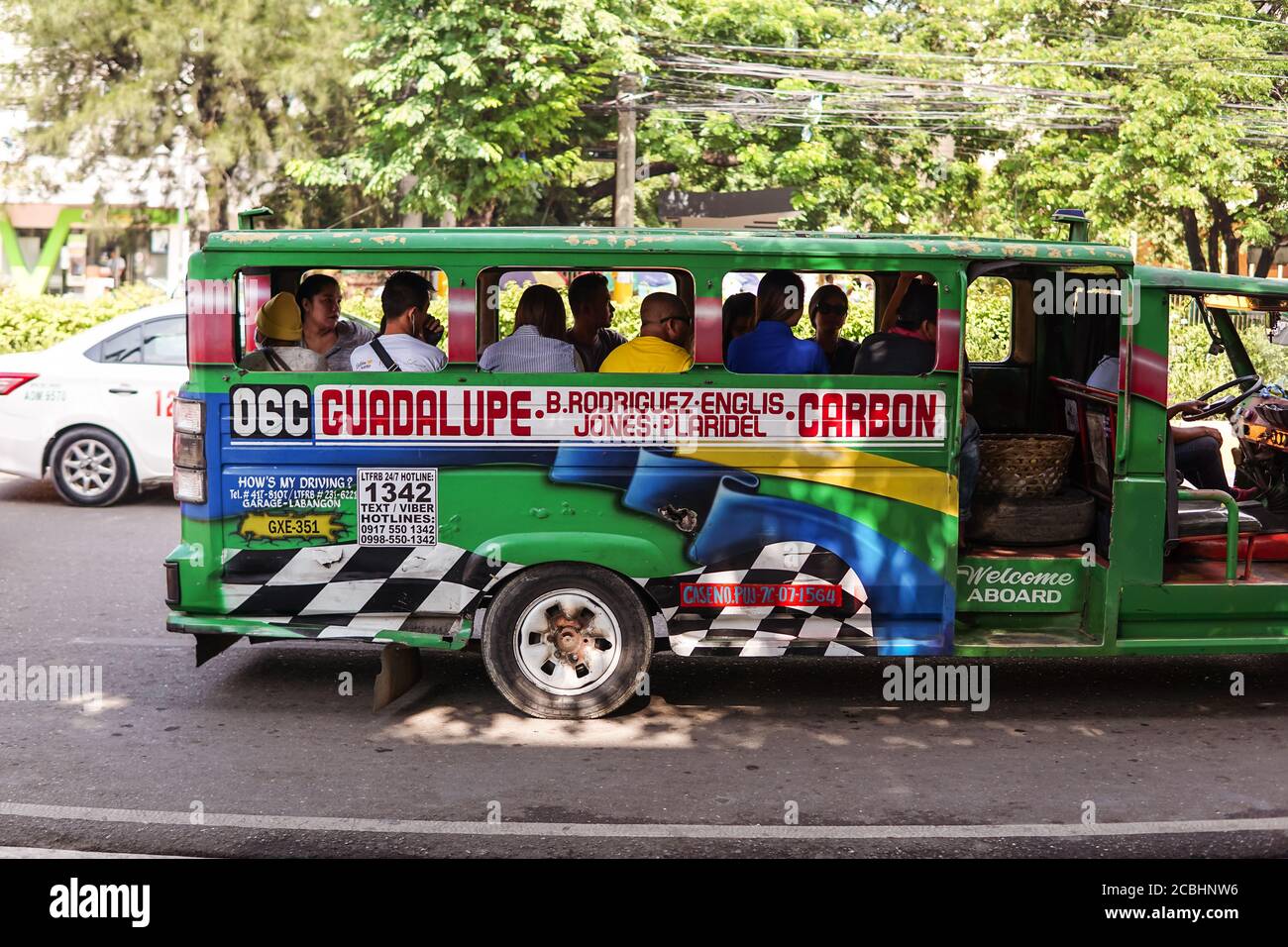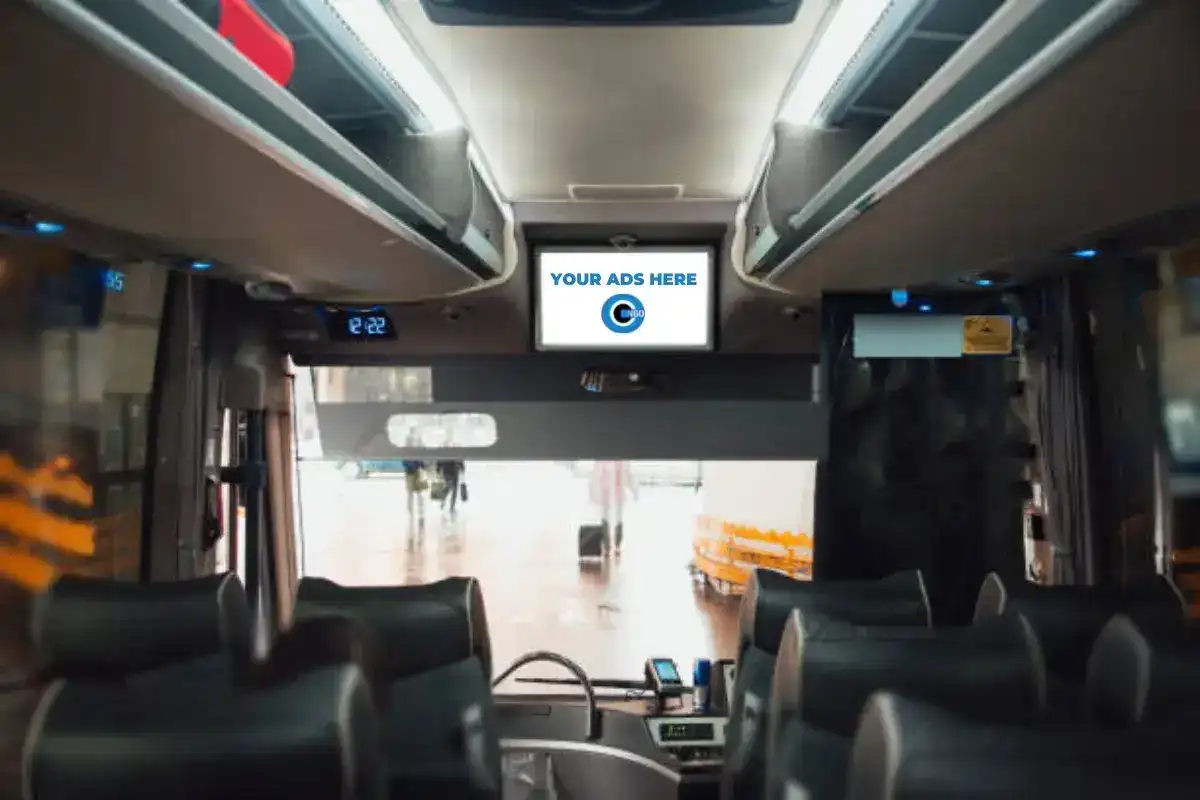How Transportation Advertising And Marketing Can Change Public Transportation Spaces Into Dynamic Advertising And Marketing Operatings Systems
Transit advertising holds substantial capacity to redefine public transport areas into vivid advertising and marketing systems that involve and educate. By using ingenious styles such as interactive kiosks and digital displays, brands can not only get to a varied target market yet also improve the total commuter experience. This approach creates a distinct possibility for brands to connect with customers in a setup that is frequently overlooked. As we check out the diverse advantages and advancing approaches of transportation advertising, it increases the question of just how this improvement might redefine our communications with both brand names and the city atmosphere.
Benefits of Transit Advertising

In addition, transportation advertising and marketing is very cost-efficient contrasted to conventional media. It enables advertisers to achieve high impressions at lower costs, making best use of roi. The restricted target market of travelers provides a possibility for brand names to communicate their messages to people that are commonly receptive during their travel times.
Furthermore, the dynamic nature of transit marketing allows projects to be updated regularly, ensuring that messaging stays prompt and pertinent. This versatility can be essential in reacting to market patterns or advertising occasions, keeping the brand name top-of-mind for customers. Lastly, the prevalent presence of transit advertising adds to brand name recall; repeated direct exposure within familiar travel contexts reinforces brand name awareness and cultivates consumer commitment, ultimately driving sales and improving brand track record.
Types of Transportation Advertising
Public transport systems offer different styles for advertising, each accommodating different marketing approaches and audience interaction techniques. One noticeable type is external bus and train covers, which cover the whole vehicle and create a mobile billboard result, allowing for high presence in urban environments. These covers can capture interest as they traverse active streets, reaching a diverse audience.
An additional popular format is interior advertising, that includes posters, electronic screens, and ads on transit seats. These positionings engage passengers throughout their trip, reinforcing brand messaging in a confined room. Digital displays, particularly, supply the benefit of vibrant material, allowing advertisers to upgrade messages in real-time.
Terminal advertising is additionally substantial, featuring posters, banners, and interactive booths within transportation terminals. These ads take advantage of foot web traffic and can target details demographics based on location.
Finally, marketing collaborations with transportation authorities can lead to distinct campaigns, such as themed transit experiences or events, improving the total interaction with travelers. Each type of transit advertising and marketing provides unique benefits, permitting brands to customize their method to effectively reach their target market within the general public transport ecological community.
Engaging Travelers Efficiently
Commuters are significantly inundated with marketing messages throughout their everyday trips, making it crucial for brand names to involve them in innovative means. To capture focus in this congested area, advertisers should focus on imagination and importance. Utilizing captivating visuals and succinct messaging can considerably improve the likelihood of involvement.
Interactive components, such as pop over to this web-site QR codes or increased fact functions, can likewise transform fixed ads into immersive experiences, promoting a much deeper connection with the target market. Brand names should concentrate on dealing with travelers' interests and demands, customizing messages to reverberate with their lifestyle, whether via promos for regional services or services made to improve their commuting experience.
Furthermore, timing plays a crucial role; strategically placing ads throughout height commuting hours can optimize visibility and effect. Engaging travelers effectively also involves leveraging social media combination, enabling guests to share their promos or experiences straight from transit systems, therefore amplifying brand name reach.
In significance, reliable engagement depends upon understanding the commuter journey and creating engaging, interactive, and pertinent marketing experiences that not only capture interest yet also drive activity and commitment. By doing so, brand names can change mass transit into a vibrant advertising and marketing platform that resonates with its audience.

Measuring Advertising And Marketing Effect
Exactly how can brand names properly evaluate the efficiency of their advertising and marketing campaigns en route atmospheres? Measuring the effect of transit marketing calls for a multifaceted approach that combines qualitative and measurable metrics. One common method is tracking involvement via mobile analytics, where brand names can analyze foot web traffic patterns and application interactions previously, during, and after projects.
Studies can provide important insights right into brand recall and consumer sentiment, allowing brand names to gauge just how well their messages reverberate with commuters. Furthermore, monitoring social networks engagement pertaining to details projects can reveal shifts in public assumption and brand discussion.

In addition, teaming up with transit agencies can boost dimension accuracy, as they frequently have detailed demographic data on ridership fads. By incorporating these methodologies, brands can develop a comprehensive understanding of their advertising performance, guaranteeing that their projects not just reach but additionally impact their target market successfully.
Future Patterns en route Marketing
A substantial change is anticipated en route advertising and marketing as technological advancements and transforming customer habits reshape the landscape. Transit Advertising Philippines. The integration of interactive media and electronic displays is anticipated to boost engagement, enabling brand names to deliver dynamic content that reverberates with diverse target markets. As public transportation systems accept smart modern technology, advertisers will certainly take advantage of real-time information analytics to customize messages based upon guest demographics and actions
Moreover, enhanced reality (AR) is poised to change the method travelers interact with advertisements. By providing immersive experiences, AR can transform a mundane journey right into an interesting narrative that records attention and cultivates brand name commitment. This advancement will likely urge marketers to create even more experiential campaigns that drive customer communication.
Sustainability is another critical pattern influencing transportation advertising and marketing. As ecological awareness expands, brand names will significantly seek to line up with environmentally friendly techniques, making use of lasting products and advertising environment-friendly campaigns within their projects.
Final Thought
In final thought, transit advertising supplies substantial advantages by enhancing brand name visibility and involving a restricted target market. Through numerous layouts, such as outside covers and digital screens, it transforms mass transit right into a vibrant marketing system. Reliable involvement techniques and durable dimension strategies better magnify its influence. As fads evolve, the possibility for innovative communications between travelers and brand names is positioned to expand, ensuring that transportation advertising continues to be a crucial part of modern-day marketing methods.
Transit advertising and marketing holds considerable possibility to redefine public transportation rooms into vivid marketing systems that involve and educate. The pervasive presence of transportation advertising adds to brand recall; duplicated direct exposure within familiar travel contexts enhances brand recognition and fosters customer loyalty, eventually driving sales and enhancing brand online reputation.
Just how can brands precisely assess the effectiveness of their advertising and marketing campaigns in transportation settings?In conclusion, transportation advertising provides substantial benefits by enhancing brand presence and involving a restricted audience. Transit Advertising Philippines. As fads evolve, the capacity for innovative interactions between brands and travelers is poised to grow, making sure that transit advertising and marketing remains an important element of modern-day go to this website advertising and marketing techniques
Comments on “Effective Transit Advertising Philippines to Expand Your Target market”